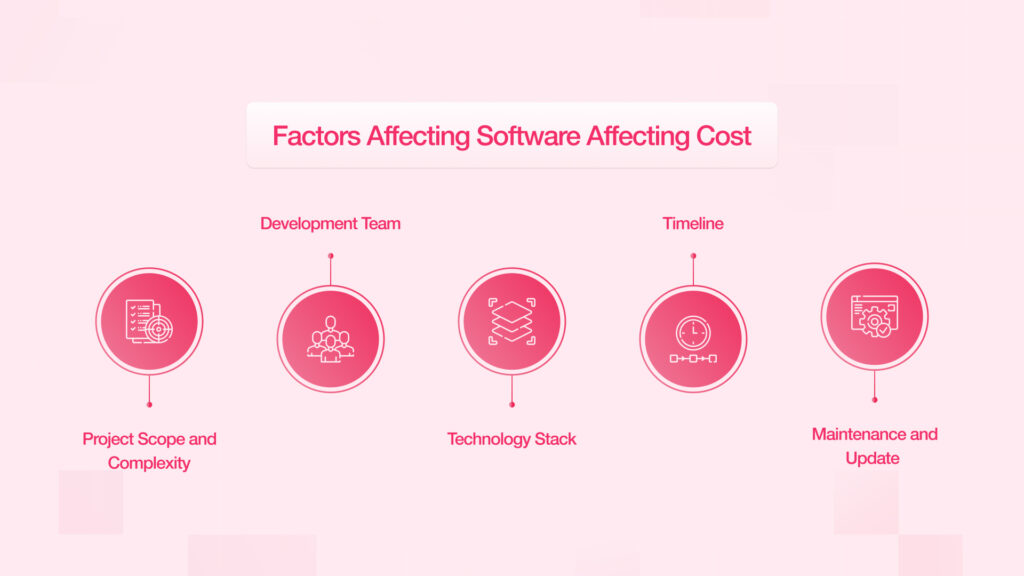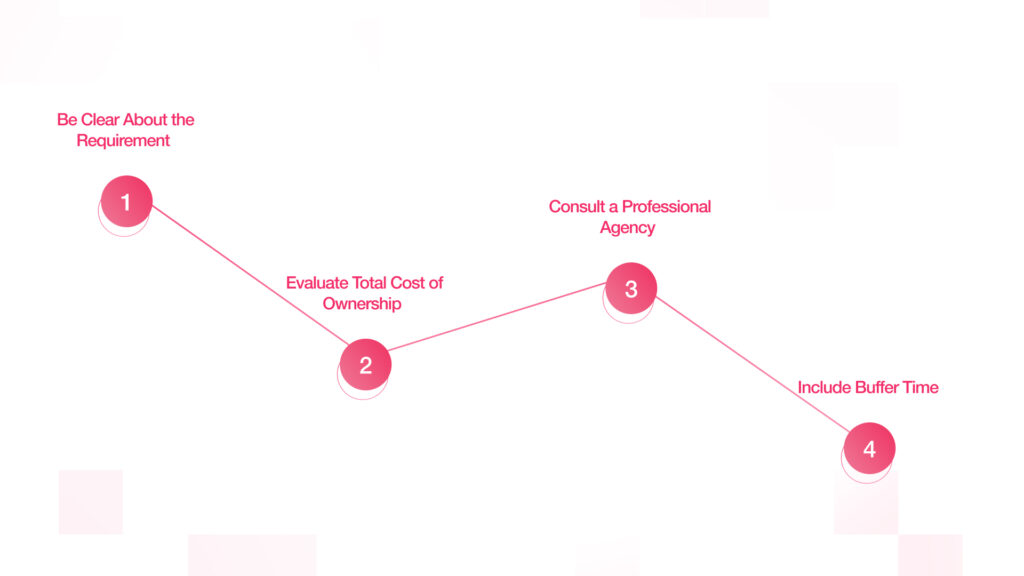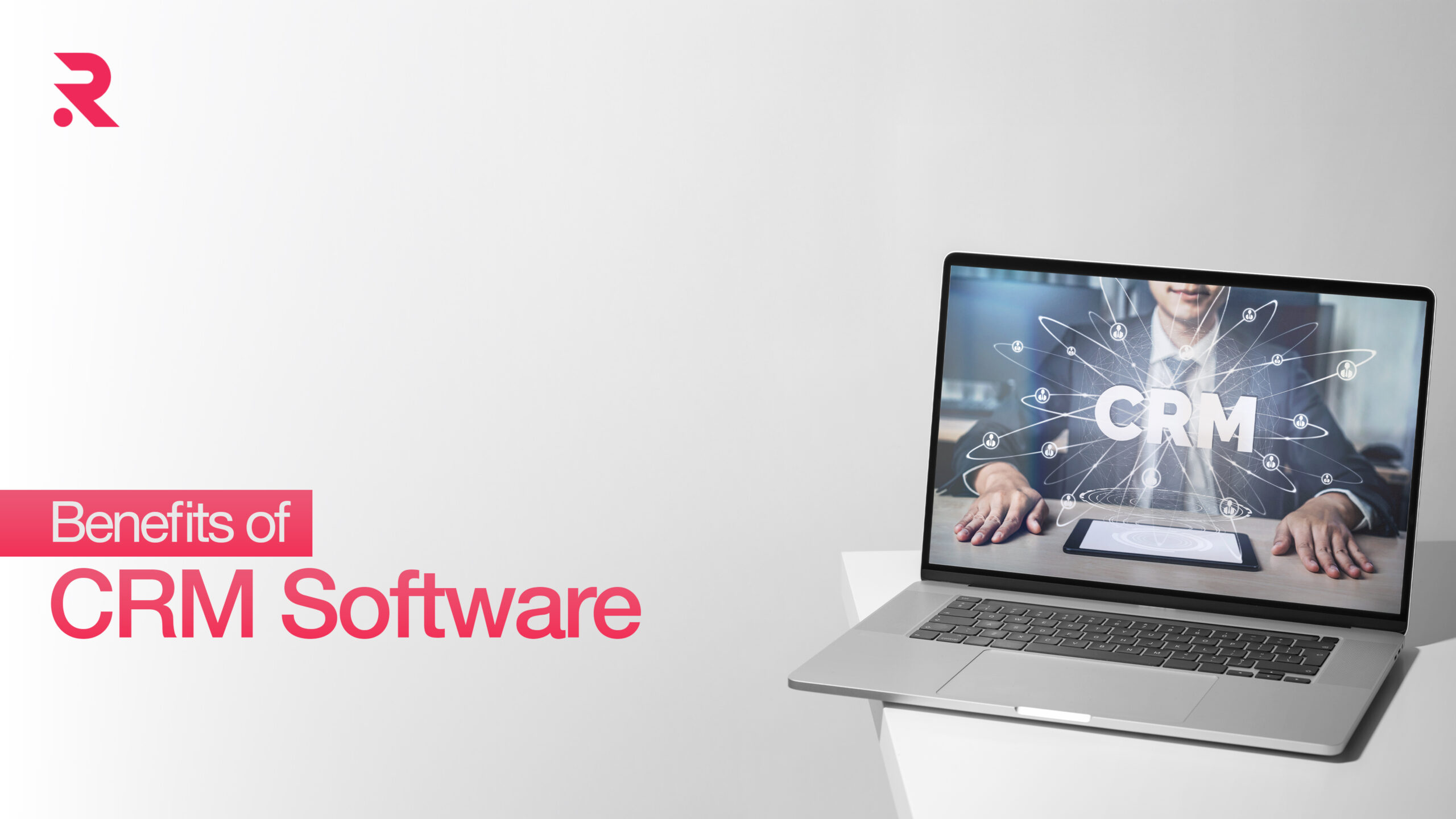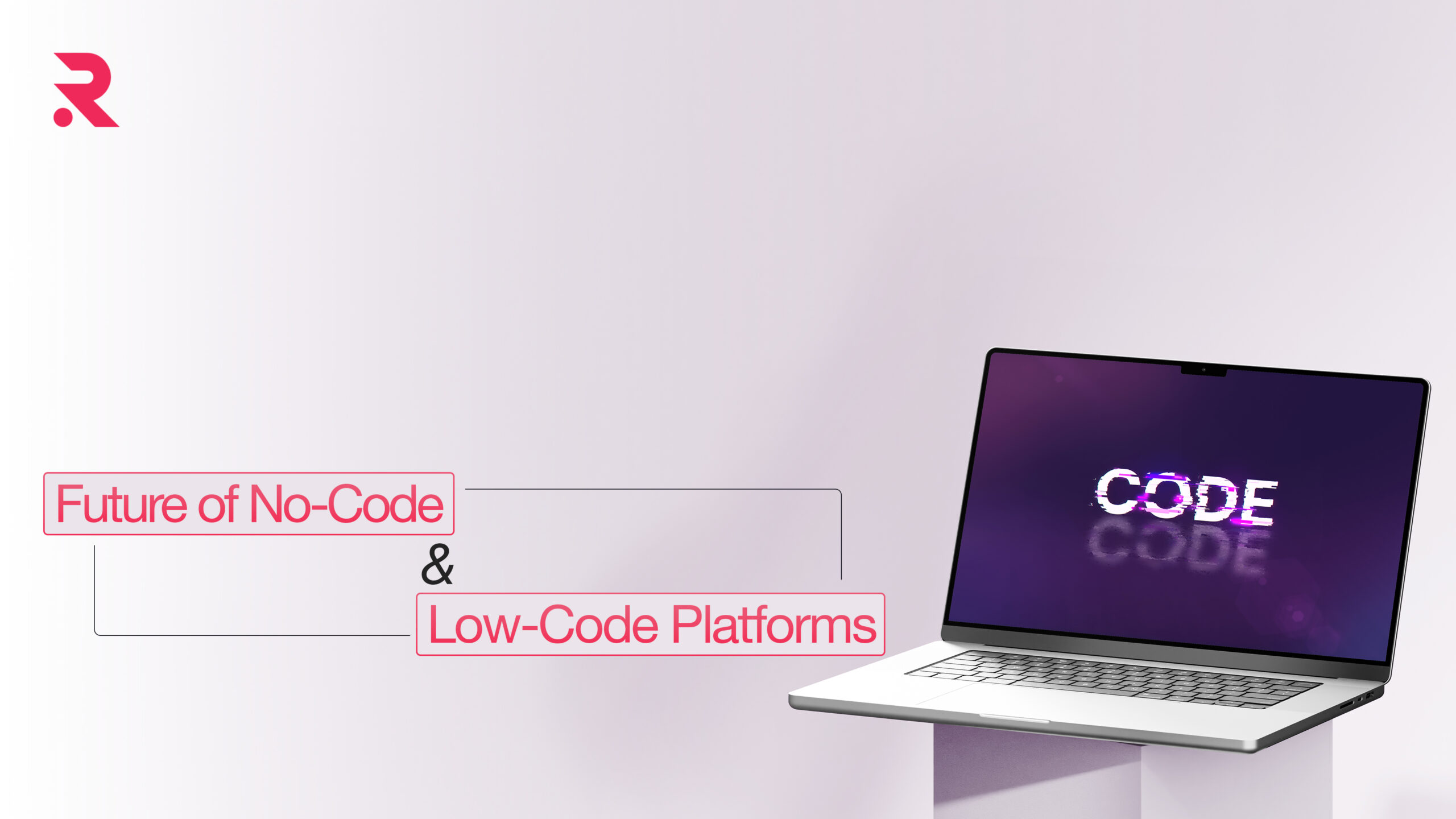How to Estimate Software Development Costs for Your Business?

Maybe this is not the first time you’ve heard it, but as a businessperson, “Never underestimate the power of software.” But then developing software according to your specifications can be an intimidating task. Among the many hurdles encountered, one of the biggest is to estimate software development costs. After all, how do you plan a budget for something so ill-defined and variable? The aim of this guide is to walk you through estimating software development costs for your company, and why getting this estimate right is crucial for the future of your project.
Whether you are developing an internal tool for specific purposes, creating a customer-facing mobile app, or an entire software platform, knowing the real cost of development can keep you from unexpected budget overruns, delays, and aggravation.
Why Estimating Software Development Cost is Essential?
Imagine you’ve entered into a partnership with a software development company; you’ve handed over to them all of your project details, anticipating seeing some progress. However, as the project is being carried out, you find that the initial estimate was completely off, and the budget is being taken up far too quickly without seeing any of the results you had been expecting. In fact, the timeline seems to slip further afield, and the product being delivered does not meet your business requirements. This is all too commonly seen in the software development industry.
It is quite clear from this situation that an exact estimate of the development costs beforehand is of utmost importance. Correctly estimating costs:
- Ensure you allocate sufficient resources to achieve your business goals
- Understand the extent of the financial investment required for quality software
- Avoid costly delays or changes of scope
A successful project involves understanding the software development process and what financial commitment it will require. A project isn’t all about price; it’s about the value the software will deliver to your business in improved efficiencies, increased revenue, and competitive advantage.
Factors Affecting Software Development Cost
Improve your understanding of various factors that affect the cost of software development, thus estimating it accurately. These factors vary according to the size, complexity, and requirements of the project. Here are some of the most critical considerations:

Project Scope and Complexity
The first determining cost factor for any project is its scope. Is your software something as simple as a basic website, or is it more complicated than an enterprise application? More complexity and functionality include more features and increased costing. For example, a simple eCommerce site could be cheaper to develop than a personally manufactured CRM system for the largest enterprises.
The above requirements include:
- The amount of features it has
- Complexity of those features
- UI and UX requirements
- The integrations necessary (3rd party software or APIs)
- The scalability needs
The clearer your goals are, the easier it gets to break it down and attach a cost value to every stage of development.
Development Team
The size and level of expertise in your development team, significantly affects the price of your project. Presumably, you will also have a project manager because you hire or contract a development agency; you also hire a team of developers consisting of front-end, back-end, or full-stack developers, along with the designers and QA engineers who usually have some business analyst working with them now and then.
The location, experience, and skill set of the developer may vary the rates. The rates for developers mostly differ across regions:
- North American or Western European developers charge more than their Eastern European and Asian counterparts.
- A senior developer will command higher rates due to years of experience as compared to a junior.
Any of these factors enter into the final price of your project. The cheapest is often the most tempting option, but cheaper development may come with compromises in quality or reliability.
Technology Stack
The technology you select will also impact the costs of software development. Some technologies are more costly to develop because of their complexity and the small number of available developers skilled in those areas. For example:
- Developing mobile apps for both iOS and Android will be costlier than developing the applications for a single platform because it requires two different code bases.
- Technologies such as machine learning, blockchain, or augmented reality typically require more advanced knowledge, thus raising costs.
In the long run, an appropriate tech stack can ensure that your software has better scalability, better efficiency, and reduced costs. But the choice must be made with care, depending upon the project requirements and future goals.
Timeline
How fast do you want the program delivered? The shorter the timeline, the more resources needed, thus higher costs. Suppose you want to launch a certain software in three months, but the development team needs six months to deliver it- you will probably need to bring in extra developers, work overtime, or pay for additional resources to meet the deadline.
Situations demanding quick turnaround times can result in higher costs as follows:
- Increased timeline incurs a higher hourly rate for developers.
- Bigger team size is expected to speed up the work.
- Added project management overhead.
Here, the defining factor is to measure speed against quality. Where possible, if there is some flexibility in project delivery, this would ultimately help reduce costs.
Maintenance and Updates
Once the software is released, the costs do not end there. Some maintenance, or perhaps bug-fixing, and updating will always be required. The costing for any such services will depend on the software’s complexity and update frequency.
Maintenance can be an ongoing expense. While the software may be simple, it is often worthwhile from the very start to budget for post-launch support, to ensure the fix of bugs and the upgrade of the software to accommodate changes in technology or business requirements.
Looking for a Partner in Your Software Development Journey?
We Can Help!
Breaking Down the Cost: What to Expect
Let’s discuss how much do you have to pay for software development? The actual cost, of course, depends on all the aforementioned factors. Here’s a rough classification to give you an idea of what is at stake.
Small Application ($10,000-$20,000)
Most likely these are small applications made as internal tools or for a simple mobile app. The small ecommerce app or fairly simple customer portals would fall under this range of cost. Expect this amount to cover:
- Basic design and branding
- Simple functionalities and limited integrations
- Small team of developers
Mid-Range Projects ($20,000-$50,000)
The more feature-rich software consists of advanced eCommerce platforms, CRM systems, or custom enterprise software. These projects usually entail:
- A complex user interface
- Multiple integrations with (payment gateways, analytics tools, etc.)
- Back-end support and database management
- Extended timeframes with larger teams
Large-Scale Projects ($50,000+)
For certain large-scale businesses, enterprise applications or platforms with extensive multiple features and third-party integrations often tab a price tag beyond $50,000. Such projects normally have:
- Some really complex and highly specific construction
- A big team having specialists from multiple designated areas (design, development, QA, project management, etc.)
- A longer time period that is normally in the range of 6 months or more
- The continuous maintenance contracts and updates.
Tips to Accurately Estimate Software Development Cost
Now that the major aspects of software development costing have been dealt with, here are a few tips from the experts that would help you come up with an even more accurate estimation:

Be Clear About Your Requirement
The clearer and more detailed you are about what is needed, the easier for the development team to give a time and effort estimate. Avoid imprecise statements like, “I want something that is easy to use and looks good.” Instead, make a detailed list of the specific requirements and rank them in order of importance.
Evaluate Total Cost of Ownership
While costing new applications, consider cost of ownership: total costs for development, maintenance, updates, server hosting, security patches, etc. The apparent low initial cost, however, must be followed by consideration of ongoing charges.
Consult a Professional Agency
If you are in doubt about the way to proceed, consulting a good professional software development agency saves time and money in the long run. They help ”narrow” down the scope of the project, selecting the right technology, and adequately estimating costs from their immense experience.
Need a Reliable Software Development partner to help grow your Business?
Our Experts Can Help!
Include Buffer Time
It is wiser to add ”residual” 15-20% into cost during estimation due to uncertainty and contingencies in development. Not all ventures go according to plans. Thus, having a financial buffer prevents undue anxiety.
Conclusion
Estimating software development costs for your business is not just about price; it is also about understanding the value of your investment. With the consideration of factors like project scope, team experience, and technology choices, you can ensure that the cost estimate is precise with good closure on success for software projects.
Your software project is an investment in the future of your organization. So, take the time to plan well, budget wisely, and rope in the right team to turn your dreams into reality.
Ready to start your journey down with software development? We are here to help. Reach out today and let us turn your thought into reality by way of transparent pricing as well as an expert guide by your side.
 Shopify
Shopify










